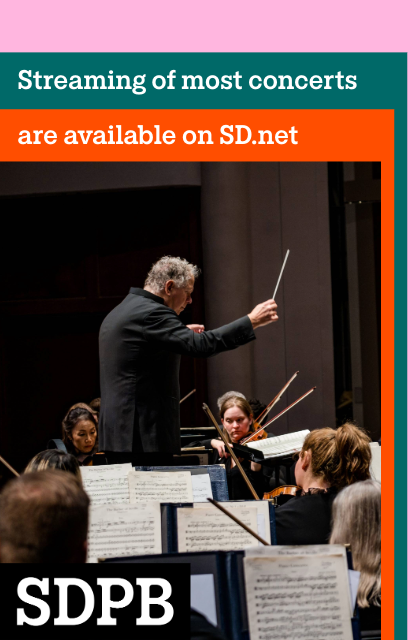Written by Anna Vorhes
Born
March 10, 1844, Pamplona, Navarre
Died
September 20, 1908, Biarritz, France
Instrumentation
two flutes (2nd doubling piccolo), two oboes, two clarinets, two bassoons, four horns, two trumpets, three trombones, timpani, percussion, harp and strings
Duration
12 minutes
Composed
1881
World Premiere
1883, Paris, France
Something interesting to listen for
The melodies are familiar to most of us. They are from Bizet's opera Carmen, as you would infer from the title. Sarasate does not present them in the order that follows the story in the opera, instead, offering them as a satisfying exploration of the music in an order that pleases a concert audience. We will hear five movements: Aragonaise, Habanera, the melody that Carmen sings to the Commander, the Seguidilla, and finally the Gypsy Dance. The violinist explores the entire range of the instrument, and the very Spanish style Bizet embodied in the opera.
Program Notes
Sarasate was a Spaniard by birth, growing up in Pamplona. He began his studies at the age of five and outgrew the teachers available to him by the time he was twelve. He went to the Paris Conservatoire at that tender age. Spanish Queen Isabella was so proud of his depiction of the culture of Spain that she gifted him with a Stradivarius violin. He became the darling of the violin world by demonstrating the virtuosity that was so prized in the late nineteenth century. He toured extensively around the world, including numerous visits to the United States.
The character of Sarasate's playing is well documented. He was able to play very high in the range of the instrument very well, with a light and entrancing tone (and in tune!). His facility at the instrument was a marvel to those listening. He was not bombastic, but instead presented the violin through the many works he performed with great respect and skill. He was s o admired that many composers dedicated works to him, including Saint-Saëns, Dvorak, and Bruch.
Philip Huscher, program annotator for the Chicago Symphony, writing about this Carmen Fantasy, notes that rather than offering a synopsis of the opera, this composition offers a picture of Carmen herself, with the violin becoming her embodiment. The work certainly brings the violin front and center with a flair not found in more traditional violin concertos.
The first movement is the Aragonaise, offered as an entr'acte in the opera. The Spanish rhythms lead us into the atmosphere of the entire work. The second movement is the famous Habanera, where Carmen disparages men. The third movement offers a moment of more peaceful music, based on Carmen's discussion with the Commander of the soldiers. The fourth movement is the Seguidilla, and the final movement is the Gypsy Dance.
Each of these melodies, reset by Sarasate, offers a depiction of Spanish culture offered by Bizet and dear to Sarasate. He is delighted to highlight his own homeland by brining these melodies to the concert hall, demonstrating the range of the violin, his own virtuosic skills and the spirit of Spanish music.

